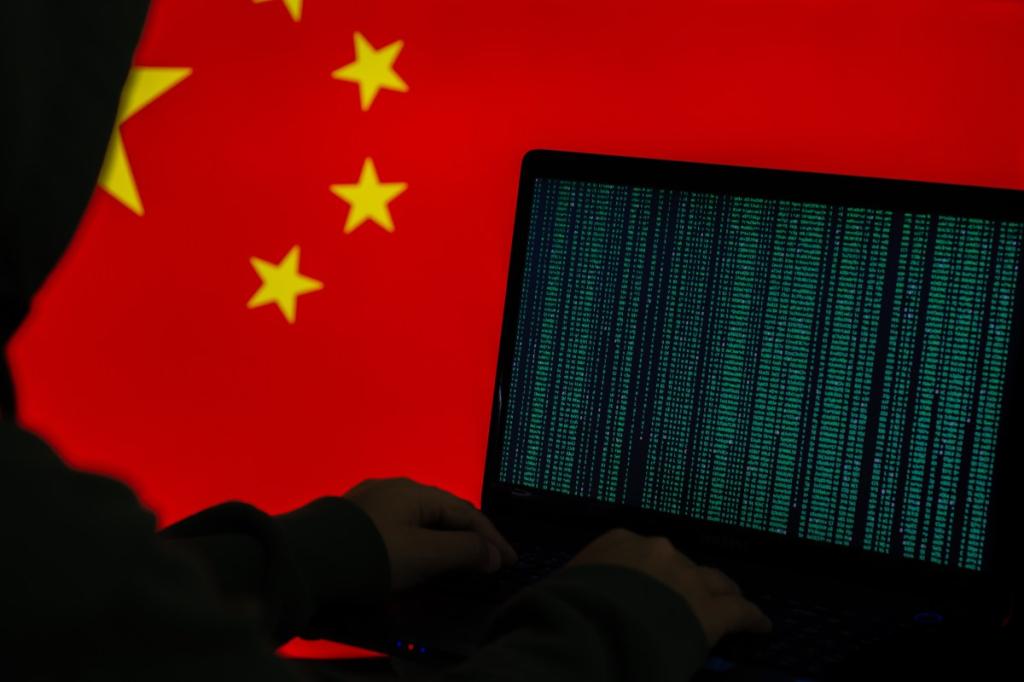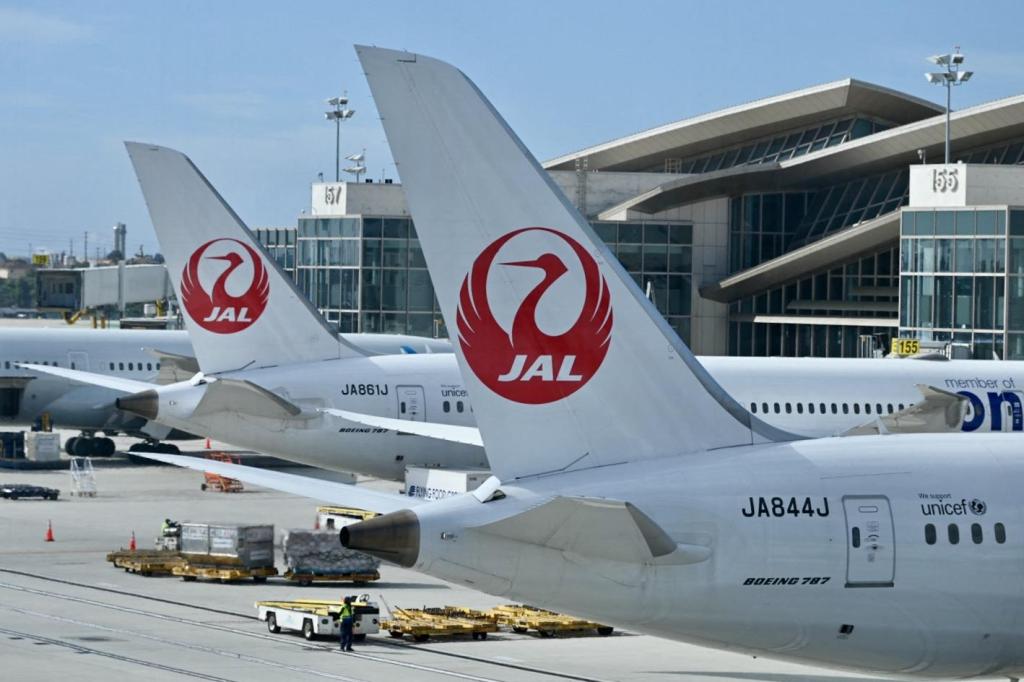Starbucks Faces Ransomware Challenge and Employee Pay Disruptions
Starbucks confronts the fallout from a ransomware attack, impacting employee pay and scheduling, while highlighting critical lessons in cybersecurity resilience.

Key Points
- Starbucks
experienced significant disruptions in employee scheduling and pay due to a ransomware attack on its software provider,
Blue Yonder.
- The company implemented manual tracking processes and communicated transparently with employees to ensure accurate compensation during the outage.
- This incident highlights the vital need for robust cybersecurity measures and contingency plans in a highly interconnected business landscape.
In an era where digital innovation drives operational efficiency, incidents of cybercrime can pose significant challenges to even the most robust companies. Recently, Starbucks found itself at the center of a cybersecurity incident when a ransomware attack targeted its software provider, Blue Yonder. This attack disrupted the coffee chain’s ability to manage employee schedules and payroll systems, forcing the company to resort to manual tracking methods temporarily.

The Impact of the Blue Yonder Ransomware Attack
The cyber attack on Blue Yonder, which commenced on November 21, has affected multiple companies, but Starbucks emerged as one of the notable clients impacted. With over 11,000 stores across North America relying on Blue Yonder's software for employee scheduling and payroll tracking, the repercussions of this attack were felt immediately. Starbucks reported that backend processes were disrupted, affecting barista pay and scheduling practices.
As a direct result, managers were compelled to calculate employee hours using pen and paper—a stark reminder of the challenges organizations face when their technological frameworks are compromised. This incident is particularly significant as it highlights the reliance of large corporations on third-party software providers—a dependency that can become vulnerable in the face of cyber threats.
What Starbucks Is Doing to Mitigate Disruption
In response to the attack, Starbucks has taken proactive measures to ensure that all employees are compensated accurately despite the disruptions. Employees were informed that while the pay period ending on November 17 would remain unaffected, discrepancies might arise in the subsequent pay period. The company emphasized its commitment to rectifying any issues, stating that “we will ensure partners who receive less than their worked hours or intended sick and/or vacation time will be paid correctly, as soon as possible”.
This guidance is crucial, especially as the holiday season approaches, a time when many employees may have planned vacations. Starbucks' transparency in communicating these changes to its workforce is commendable and reflects responsible corporate behavior in managing employee relations during a crisis.
Broader Implications of Cybersecurity Threats
This incident serves as a wake-up call not just for Starbucks but for organizations across various industries. A growing number of businesses are recognizing that cybersecurity is an essential element of their operational strategy. In fact, ransomware attacks have been on the rise, with cybercriminals extorting record amounts from corporations worldwide. According to reports, the total ransom payments reached $1.1 billion in 2023. This statistic underscores the critical importance of robust cybersecurity measures.
Moreover, the Blue Yonder incident prompted similar responses from other companies, including major UK supermarket chains like
and Sainsbury’s, which also utilize the affected software. Their responses reveal how interconnected supply chain systems are in today’s business environment. The attack exemplified how breaches at one provider can have cascading effects across numerous clients and sectors.
Looking Forward: Lessons Learned
As Starbucks continues to navigate the aftermath of the Blue Yonder ransomware attack, several lessons emerge. Firstly, the importance of diversified technological reliance cannot be overstated. Companies must consider backup solutions and contingency plans to mitigate disruptions caused by unforeseen events. Furthermore, investing in cybersecurity infrastructure should be prioritized to safeguard not only corporate assets but also employee trust.
Additionally, fostering a culture of transparency during crises can significantly enhance employee morale and loyalty. By keeping employees informed about the steps being taken to address issues, organizations can build trust and ensure that their teams feel valued even in challenging circumstances.
The recent ransomware attack on Blue Yonder has undoubtedly tested the resilience of Starbucks and other affected corporations. However, by implementing effective strategies and maintaining open communication, companies can emerge from such crises stronger and more prepared for future challenges. As the landscape of cybersecurity continues to evolve, so too must the approaches taken by businesses to protect their systems and their people.


